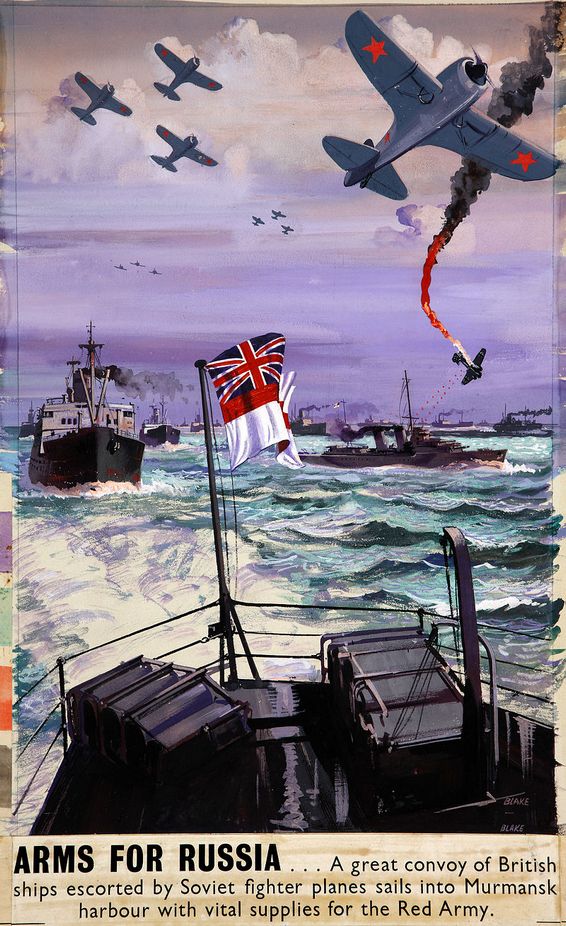
World War 2 veterans who used to be sailors of the Arctic convoys will meet today. They will take part in activities dedicated to another anniversary of Dervish Convoy Arrival to USSR, RIA Novosti informs.
It is worth reminding that the anniversary of this important event was celebrated last year. Festival activities took place in Edinburgh, Liverpool and Arkhangelsk. In particular, a memorial plate was set at the Kego island.
Veterans from Great Britain, USA, Canada and France will stay in Saint Petersburg within five days. Ancestors of those who fought against the Third Reich are invited at the memorial events.
A meeting and flower laying ceremony to the monument in honor of the polar convoys’ sailors are planned for tomorrow. A conference and requiem for the perished sailors were included into the agenda.
In total, the countries of anti-Hitler coalition sent 78 convoy ships to the Soviet Union and back. The Arctic route was the most dangerous despite its shortness as compared to Pacific and Trans Iranian routes. 90% of land-lease supplies were fulfilled by this route during WWII. More than twenty-two thousand planes, more than thirteen thousand tanks and the same amount of weapons were transported to Arkhangelsk and Murmansk. However, 15% of loads sent through this route drowned together with the ships. More than five thousand sailors of the Arctic convoy ships from different countries died.
Russkiy Mir

 World War 2 veterans who used to be sailors of the Arctic convoys will meet today. They will take part in activities dedicated to another anniversary of Dervish Convoy Arrival to USSR, RIA Novosti informs.
World War 2 veterans who used to be sailors of the Arctic convoys will meet today. They will take part in activities dedicated to another anniversary of Dervish Convoy Arrival to USSR, RIA Novosti informs.
